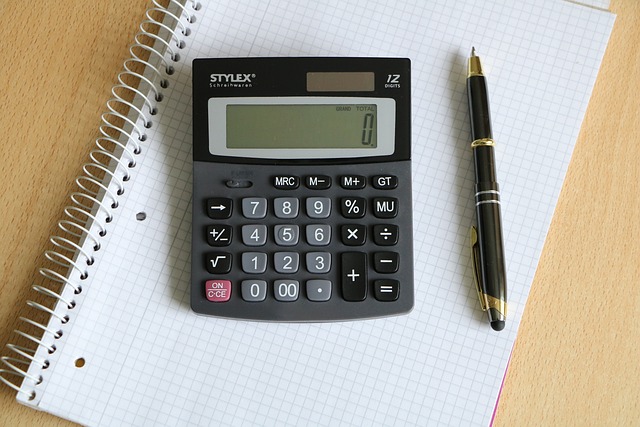Essential Calculators for Electrical and Engineering Solutions
Do you need assistance with the specific details and minor calculations of your test project? We’ve got you covered! These straightforward free tools and calculators are easily accessible for any test engineer or student, regardless of experience level.
Voltage & Signal
Frequency & Waveform
Resistance & Capacitance
Conversion & Decibel
Electromagnetic & Field
Who are These Free Tools For?
These calculators are organized by application, ranging from performing simple wavelength calculations to determining the impedance of a capacitor. The calculators designed to measure voltages and signals are helpful for electrical engineering and signal processing applications- especially when peak voltage data is essential for the design, testing, and troubleshooting of the DUT.
Frequently Asked Questions
To find battery lifetime, divide the battery capacity, measured in ampere-hours (Ah), by the average current load, measured in amperes (A). This average can be calculated by summing the current consumption during each activity, scaled by the proportion of time the device spends in each activity. Access our Battery Lifetime Calculator for help on calculating lifespans!
In the Capacitance Formula, the capacitance C represents the ratio of the amount of charge q on either conductor to the potential difference V between conductors. In other words, C = q/V. Use our Capacitance Calculator to calculate the capacitance of a parallel-plate capacitor.
The resistance formula in Ohm's Law is:
R = V/I
R is the resistance, measured in ohms (Ω)
V is the voltage, measured in volts (V)
I is the current, measured in amperes (A)
This formula shows that resistance is equal to the voltage divided by the current. Access our Ohm’s Law Calculator for quick and easy calculations!
Convert RF Power to Voltage using these equations:
RF Power to Voltage (RMS Voltage): V = (P * R)^(1/2)
*P is power in watts, R is resistance in ohms, and V is the RMS voltage.
Peak Voltage to RMS Voltage Conversion: Vrms = Vpeak / (2)^(1/2)
For a quick and easy way to convert RF Power, use our RF Power Conversion Calculator.
25 dB to 40 dB is generally considered good. SNR values above 30 dB or higher are preferred for high-quality data and video transmissions, indicating a strong signal relative to background noise. Use our Signal to Noise Ratio Calculator for quick and easy calculations or to learn more on SNR.
The formula for electrical energy is: Energy = Power x Time. For more information on calculating electrical energy, refer to our Electrical Energy Calculator.

Tools for Frequency and Waveforms
Measuring frequency and waveforms are crucial for RF (radio frequency), telecommunication, and audio engineering applications. The tools under this category help ensure the highest quality performance for digital data, audio, and broadcasting use cases.
For any technician or engineer working with power and energy applications, these calculators are handy tools to help determine the power intensity over a specific area- knowledge that is essential when evaluating the design and safety of battery powered devices or industrial electronic machinery.
How Are These Calculators Used?
The calculators used to measure the resistance or capacitance of a device play a crucial role in electrical engineering test scenarios -
especially designing circuits. The Ohm’s Law calculator is an especially well known tool for determining the relationship between the
resistance, voltage, and current in an electrical circuit.
This law states that the voltage across two points is proportional to the
electric current that flows through a conductor between them- a quick calculation that provides valuable information. RF Power and Unit
Conversion calculators have incredibly diverse applications, ensuring that the conversions between different power or measurement units
are both consistent and accurate.
In a similar manner, the Decibel Calculator allows you to convert power or voltage to decibels- an
essential tool for telecommunications or audio engineering. The calculators designed for electromagnetic and field measurements are especially
important for applications dealing with magnetic fields or waves. The Faraday’s Law calculator, specifically, calculates the induced EMF
(electromotive force) within a circuit. This law states that a closed path's electromotive force is equal to the negative of the temporal rate at which the magnetic flux it encloses changes.







